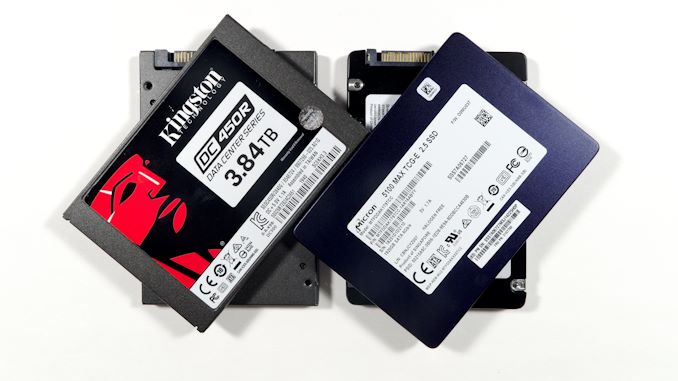
Introduction
Enterprise solid-state drives (SSDs) have revolutionized data storage in the business world, offering superior performance, reliability, and energy efficiency compared to traditional hard disk drives (HDDs). As SSD technology continues to advance, it is crucial for businesses to select the right SSDs that meet their specific requirements. Benchmarking plays a vital role in evaluating and comparing the performance of different enterprise SSDs. In this article, we will explore the importance of benchmarking enterprise SSDs, supported by existing technologies and real-world examples.
I. Understanding Benchmarking in Enterprise SSDs
1.1 The Role of Benchmarking
Benchmarking is a process of evaluating the performance of a device or system by running standardized tests and comparing the results against other devices or industry standards. In the context of enterprise SSDs, benchmarking helps businesses make informed decisions based on objective performance metrics.
1.2 Key Performance Metrics
Benchmarking enterprise SSDs involves measuring various performance metrics, including sequential and random read/write speeds, input/output operations per second (IOPS), latency, and data transfer rates. These metrics provide insights into the SSD’s speed, responsiveness, and overall performance.
1.3 Real-World Example: Storage Performance Council (SPC) Benchmarks
The Storage Performance Council (SPC) is an industry consortium that develops storage performance benchmarks. The SPC-1 and SPC-2 benchmarks are commonly used to evaluate the performance of enterprise storage systems, including SSDs. These benchmarks provide standardized tests to measure IOPS, throughput, and response times, allowing for fair comparisons between different SSDs.
II. Selecting Benchmarking Tools
2.1 Third-Party Benchmarking Tools
Various third-party benchmarking tools are available to evaluate enterprise SSD performance. These tools provide standardized tests and metrics, allowing businesses to compare SSDs from different manufacturers objectively. It is essential to select reputable benchmarking tools that align with the specific requirements and performance metrics of the enterprise SSDs being evaluated.
2.2 Customized Workloads
In addition to third-party benchmarking tools, businesses can also create customized workloads to evaluate SSD performance under specific usage scenarios. Customized workloads simulate real-world scenarios, such as database transactions or virtualized environments, providing insights into how SSDs perform in specific enterprise applications.
2.3 Real-World Example: AnandTech Storage Bench
AnandTech, a renowned technology publication, has developed the AnandTech Storage Bench, a comprehensive benchmarking suite for storage devices, including SSDs. This benchmarking tool provides a range of tests and workloads that assess various aspects of SSD performance, such as file transfers, application loading times, and multitasking scenarios.
III. Interpreting Benchmarking Results
3.1 Comparative Analysis
Benchmarking results should be analyzed comparatively, considering the specific requirements and workload characteristics of the business. It is crucial to compare SSDs with similar specifications and evaluate their performance based on the desired performance metrics and workload demands.
3.2 Real-World Workloads
While benchmarking provides valuable insights into SSD performance, it is essential to consider real-world workloads and usage patterns. Different enterprise applications may have unique performance requirements, and benchmarking results should align with the actual workload characteristics to ensure optimal SSD selection.
3.3 Real-World Example: Google’s Experience
As Urs Hölzle, Senior Vice President of Technical Infrastructure at Google, emphasizes, “Ultimately, we need to understand what these benchmarks mean in terms of the applications that you run.” Google’s experience highlights the importance of considering real-world workloads and performance requirements when interpreting benchmarking results.
Conclusion
Benchmarking enterprise SSDs is essential for businesses seeking optimal performance, reliability, and energy efficiency in their data storage solutions. Through benchmarking, businesses can objectively evaluate SSD performance using standardized tests and metrics. Real-world examples, such as the Storage Performance Council benchmarks and the AnandTech Storage Bench, demonstrate the practical application of benchmarking in evaluating enterprise SSDs. However, it is crucial to interpret benchmarking results in the context of specific workload requirements and real-world scenarios. As technology advances, ongoing benchmarking efforts will enable businesses to make informed decisions and leverage the full potential of enterprise SSDs in their data storage infrastructure.















